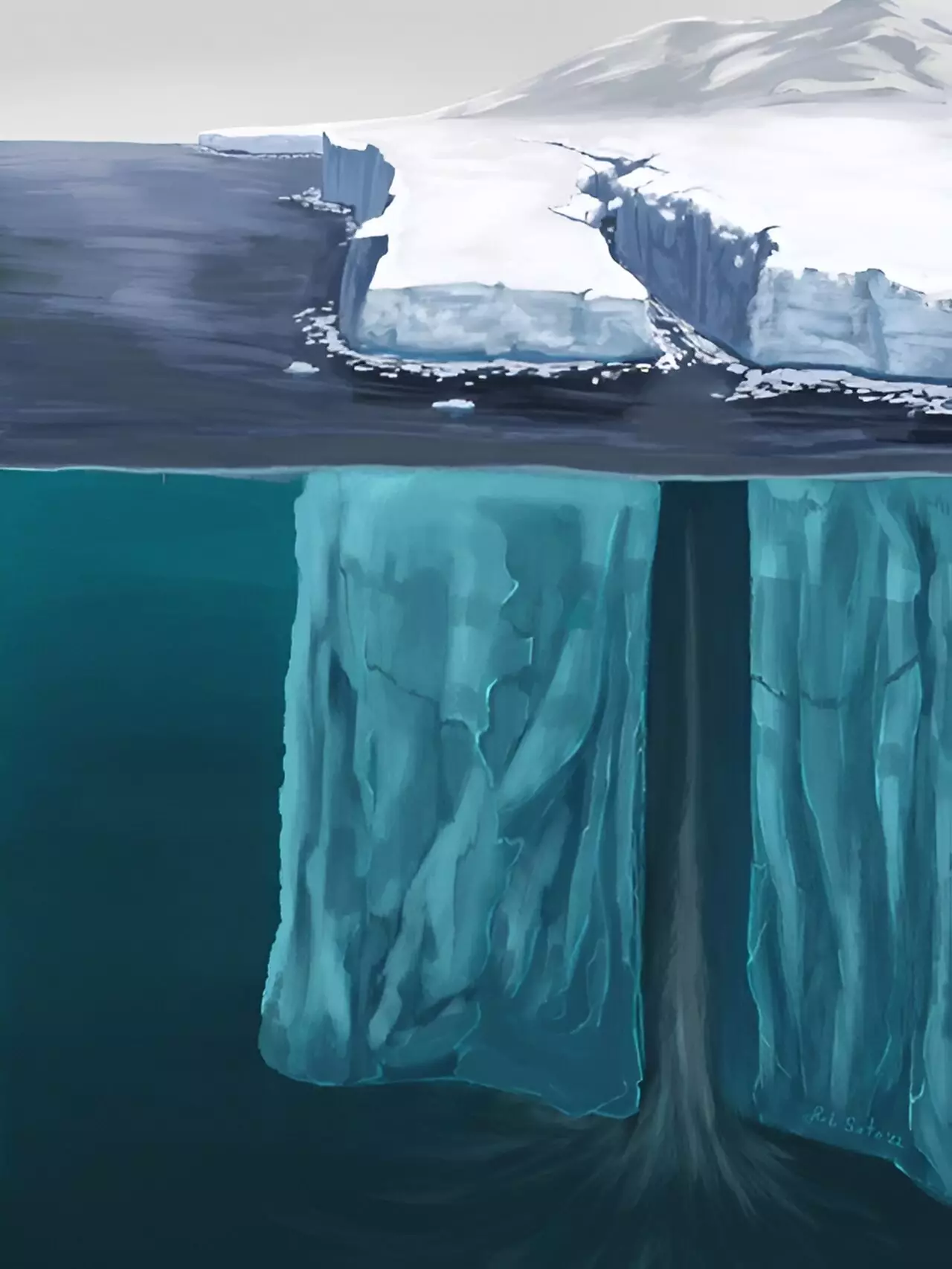The potential impact of melting ice from Greenland and Antarctic glaciers on global sea levels is a significant concern for scientists and researchers. One critical aspect that remains largely unknown is how glacier fracture physics contribute to the process of ice shelf destabilization. A recent study conducted by researchers from the University of Washington sheds light on the rapid breakage of an Antarctic ice shelf, specifically the Pine Island Glacier. The formation of a 6.5-mile crack in this ice shelf in 2012 occurred at an astonishing rate of about 115 feet per second, highlighting the complex dynamics at play in glacier fracture processes.
The Role of Rifts in Ice Shelf Stability
Rifts, which are cracks that traverse the floating ice of an Antarctic ice shelf, serve as precursors to ice shelf calving events. The stability of ice shelves is crucial in regulating the flow of glacier ice into the ocean. When an ice shelf collapses, the glacier ice behind it accelerates significantly, leading to increased sea levels. Understanding the formation and propagation of rifts is essential in predicting and modeling future ice shelf behavior and its implications for rising sea levels.
While satellite observations provide valuable insights into the dynamics of Antarctica’s ice shelves, the frequency of data collection poses challenges in monitoring rapid events such as the formation of rifts. In the case of Pine Island Glacier, where the ice sheet is undergoing rapid changes, the need for real-time monitoring and analysis is critical. Combining multiple data sources, including seismic and radar observations, can offer a more comprehensive understanding of the processes driving glacier fracture and ice shelf instability.
Read More: Revolutionizing Denim: A Sustainable Alternative to Traditional Indigo Dye
The Role of Seawater in Rift Formation
The study by the University of Washington researchers highlights the role of seawater in influencing the fracture behavior of ice shelves. Seawater present in rifts helps maintain the opening and slows down the spread of the crack by resisting the forces exerted by the glacier. This interaction between seawater and glacier ice underscores the complex interplay of various factors in determining ice shelf stability and behavior. By incorporating the physics of seawater-ice interactions into large-scale ice sheet models, researchers can improve projections of future sea-level rise and enhance our understanding of the impacts of climate change on polar ice sheets.
The findings of the study contribute to ongoing efforts to develop physics-based models that accurately simulate the behavior of Antarctic ice shelves under changing environmental conditions. By refining our understanding of glacier fracture processes and the factors influencing ice shelf stability, researchers can improve the accuracy of sea-level rise projections and inform policy decisions related to climate change mitigation and adaptation. Collaborative research efforts, such as the one conducted by the University of Washington team, play a crucial role in advancing our knowledge of glacier dynamics and their implications for global sea level rise.


Leave a Reply